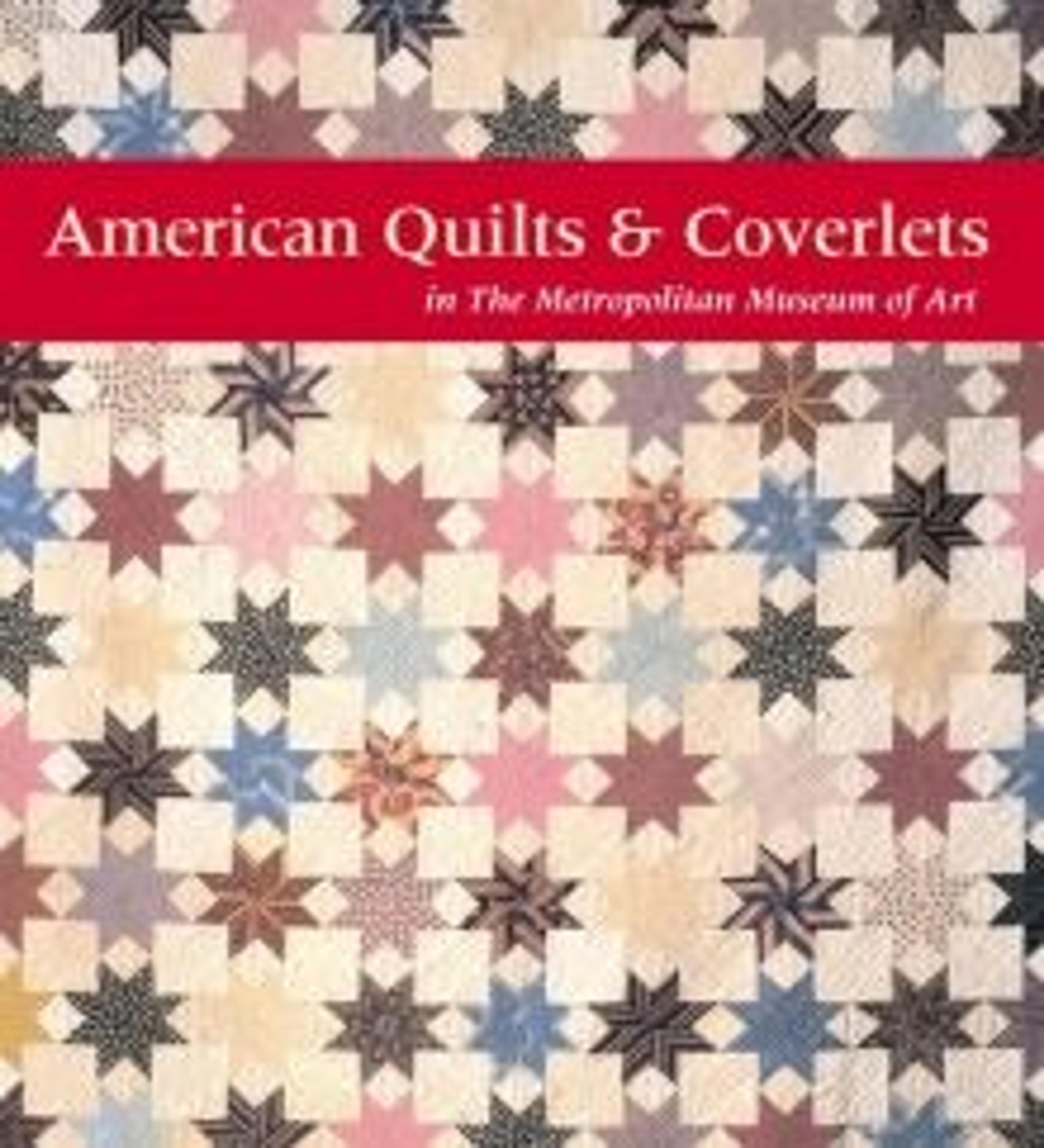Wholecloth quilt
Cotton fabrics printed with imitation patchwork were manufactured in America from around the time of the Centennial in 1876 through the end of the 1880s. The designs on the front and back of this work are among the more amusing prints of this type. The print on the back, in imitation Crazy patchwork, illustrates the yachts that raced in the 1886 America's Cup; it has yet to be assigned to a specific printworks. The Mikado print on the front, also designed in 1886, can be documented to the Cocheco Print Works of Dover, New Hampshire. The Cocheco Print Works specialized in bright, inexpensive, and novel printed cottons for the working- and middle-class markets. While the trendsetters of the Aesthetic movement were seriously considering the influence of Japanese design on Western art, the general public was delighting in Gilbert and Sullivan's 1885 comic operetta, "The Mikado." Its fame must have spread quickly, because the Cocheco designers' Mikado print fabric was ready within months of the operetta's London debut.
The layers of this simple quilt are attached in the most elementary way. In the manner of many Crazy quilts that have actually been pieced, this work's cotton top, back, and batting are tied through with cotton threads, in this case at the interstices of each "block" on the Mikado side. This carefully placed tying probably means that the Mikado side was originally meant to be the top of the quilt, but the America's Cup side is much more faded and light-bleached, indicating that it lay face up for a long time.
The layers of this simple quilt are attached in the most elementary way. In the manner of many Crazy quilts that have actually been pieced, this work's cotton top, back, and batting are tied through with cotton threads, in this case at the interstices of each "block" on the Mikado side. This carefully placed tying probably means that the Mikado side was originally meant to be the top of the quilt, but the America's Cup side is much more faded and light-bleached, indicating that it lay face up for a long time.
Artwork Details
- Title: Wholecloth quilt
- Date: ca. 1886
- Geography: Made in New England, United States
- Culture: American
- Medium: Cotton
- Dimensions: 88 3/4 x 85 1/4 in. (225.4 x 216.5 cm)
- Credit Line: Gift of Alfred Reginald Allen, 1986
- Object Number: 1986.342
- Curatorial Department: The American Wing
More Artwork
Research Resources
The Met provides unparalleled resources for research and welcomes an international community of students and scholars. The Met's Open Access API is where creators and researchers can connect to the The Met collection. Open Access data and public domain images are available for unrestricted commercial and noncommercial use without permission or fee.
To request images under copyright and other restrictions, please use this Image Request form.
Feedback
We continue to research and examine historical and cultural context for objects in The Met collection. If you have comments or questions about this object record, please contact us using the form below. The Museum looks forward to receiving your comments.
